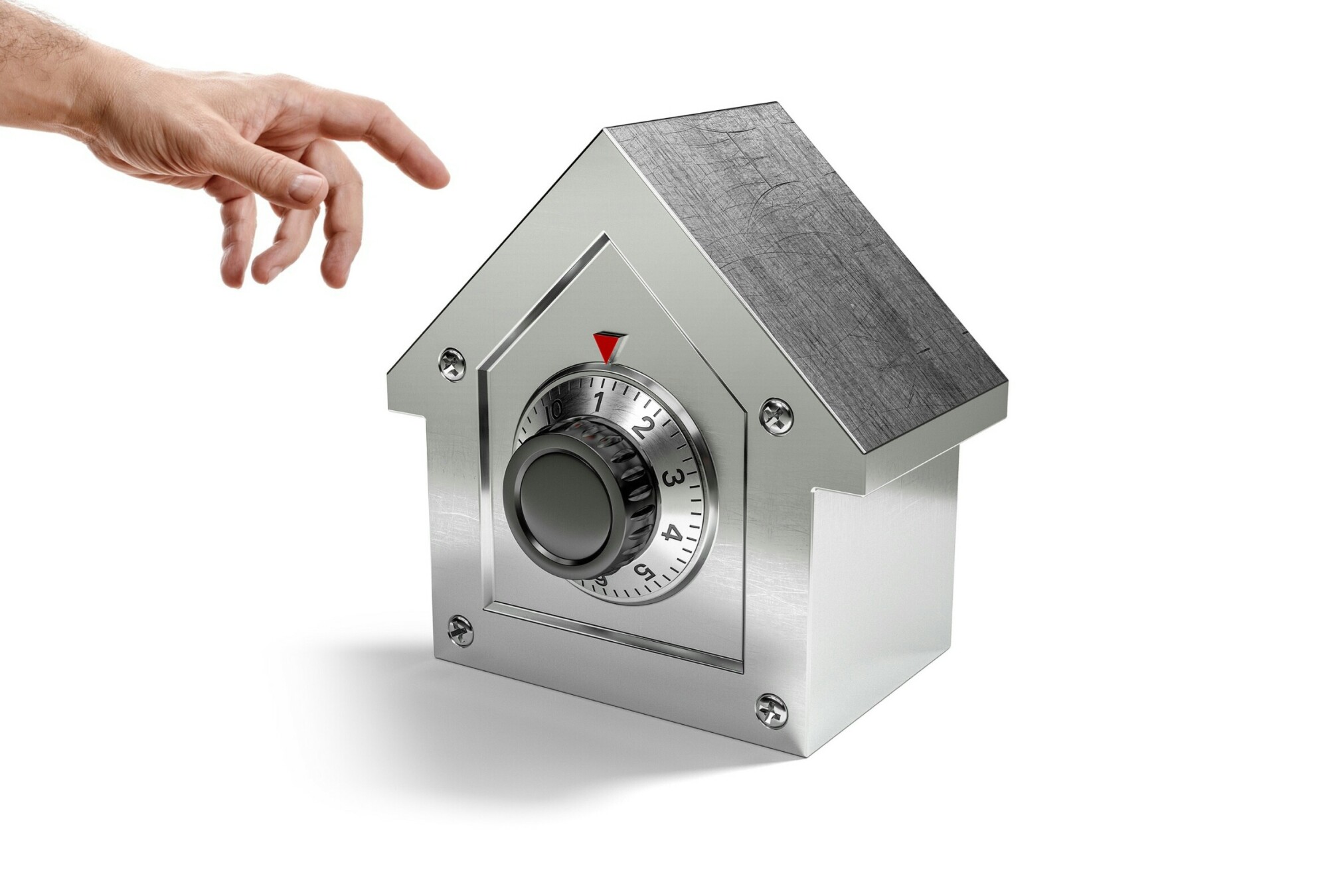As a landlord, it is your prerogative to protect your investment from damages inflicted by the tenant. This, of course, refers to damages beyond the normal wear and tear of use over time.
Screening prospective tenants can lessen the risk of their residency, but it isn't the only solution. A security deposit helps to ensure that tenants will take care of the property with the hope that they will get that money back at the end of the lease. This money can also be spent on more expensive repairs when damages occur.
How do landlords store these security deposits? Continue reading to learn more about managing the money until lease termination.
Are There Limits on Security Deposits?
Some states have limits on the security deposit amount, but Florida isn't one of them. You have to take into consideration how much money you charge as a deposit. After all, overcharging may cause your rental to stay vacant longer than you'd like.
A good default is approximately one month's rent, though some places might benefit from charging two months' rent.
How Do You Store Security Deposits?
Stowing your security deposit away ensures that this money is separate from your normal bank account so that it doesn't get spent before it's needed. Florida Statute allows landlords to store security deposits in surety bonds, interest-bearing accounts, or non-interest earning accounts.
Within 30 days of securing a deposit from your tenant, you must provide the tenant with written notice.
This letter should include accounting records that show how the money is being held for safekeeping. It should include the name and address of the banking institution. If the deposit is in an account that earns interest, the interest rate should also be in the letter.
When Can You Keep a Deposit for Damages?
You can deduct money from the security deposit for damage that occurs on the rental property while the tenant lives there. This is solely for damage beyond normal wear. You can't justify deductions for sun-faded paint, light watermarks, and gently worn carpets.
You can, however, justify deductions when the tenant used unapproved paint colors, broke windows or window hardware, or ripped/stained the carpets. A walkthrough inspection of the property before the tenant moves in gives them an idea of what the place should look like when they move out. This also helps you keep a record of the rental's condition from the beginning of their residency.
Other reasons for keeping the security deposit stem from their financial responsibility. If your tenant failed to pay utilities or rent, you can keep the deposit to cover the missing funds.
How Long Do You Have to Return a Security Deposit?
A timeline of 15 to 60 days is the standard for returning security deposits after the termination of a lease.
Once the tenant moves out of the rental, landlords have 30 days to send notice of their intent to keep a partial or full amount of the security deposit. If it's not contested by the tenant, landlords have 15 days to follow through their claiming a part (or all) of the deposit.
Protecting Your Investment
Security deposits stand in as a way to protect your rental property from potential harm. When damage occurs despite the deposit, it gives you the financial capacity to make repairs in time for the next tenant to move it.
Contact Verandah Properties in Orlando today with any questions you might have about security deposits and our property management services. We look forward to working with you.


